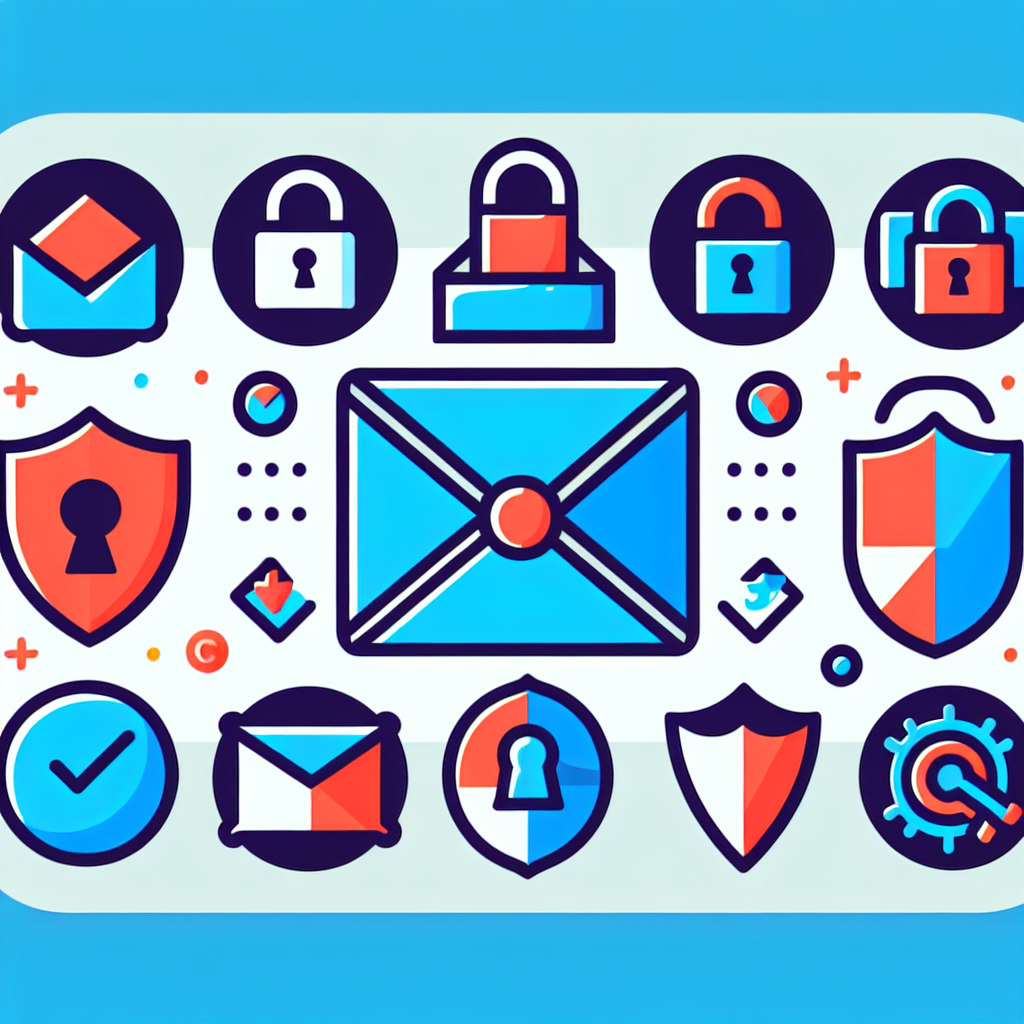
Email remains the backbone of corporate communication, but it’s also a prime target for cyber attacks. Hackers exploit weak email security to deliver malware, steal credentials, and impersonate your brand. Implementing a layered defense can dramatically reduce risk.

Implementing DMARC, DKIM, and SPF validates that messages really come from your domain, blocking spoofed emails and phishing attempts. These protocols also improve deliverability and reinforce brand trust. You can set them up in your DNS records and monitor results via Palisade’s DMARC dashboard. For deeper insights, try our email security score tool.
MFA adds a second verification step—such as a code sent to a mobile device—making stolen passwords insufficient for attackers. Even if credentials are compromised, the extra factor blocks unauthorized access. Deploy MFA across all user accounts and enforce it via your identity provider for maximum protection.
Use an advanced anti‑phishing solution that scans inbound messages for malicious links and attachments. Combine this with regular security awareness training so employees can spot suspicious cues like poor grammar or mismatched URLs. Encourage reporting of doubtful emails to your security team.
Never access corporate email over unsecured Wi‑Fi. Use a trusted VPN to encrypt traffic, or switch to cellular data when on the move. Enforcing TLS encryption between mail servers also protects data in transit.
Human error is the weakest link in email security. Regular training on phishing tactics, safe attachment handling, and password hygiene reduces risk. Simulated phishing campaigns help reinforce learning and measure improvement.
Strong passwords combine length (at least 12 characters) with unpredictability—mix unrelated words, numbers, and symbols. Avoid common phrases or personal information. Consider using a password manager to generate and store complex passwords securely.
Mixing personal and business email increases exposure to phishing and data leakage. Attackers can harvest personal communications to craft more convincing spear‑phishing attacks. Enforce a policy that business email is used solely for work‑related messages.
Never click links or open attachments from unknown sources. Hover over URLs to verify the destination, and if in doubt, contact the sender through a separate channel. Use up‑to‑date anti‑malware software to scan any downloaded files.
Regularly audit mailbox permissions, forwarding rules, and third‑party app integrations. Look for unauthorized access attempts and revoke unused credentials. Updating settings helps close gaps before attackers exploit them.
Personal devices often lack enterprise‑grade security controls, making them vulnerable to malware. Require employees to use company‑managed devices or enforce mobile device management (MDM) policies that enforce encryption and remote wipe capabilities.
DMARC tells receiving servers how to handle unauthenticated mail from your domain, reducing spoofing and phishing. Set it up in DNS and monitor reports via Palisade’s DMARC tool.
BIMI displays your brand’s logo next to authenticated emails, boosting brand recognition and trust. Configure BIMI after DMARC is enforced at a “reject” policy.
SPF verifies that sending IPs are authorized, but on its own it can be bypassed. Combine SPF with DKIM and DMARC for comprehensive protection.
TLS encrypts email in transit, preventing eavesdropping. Ensure your mail servers and clients enforce TLS for all connections.
Run quarterly security assessments using Palisade’s email security score to identify gaps and track improvements.